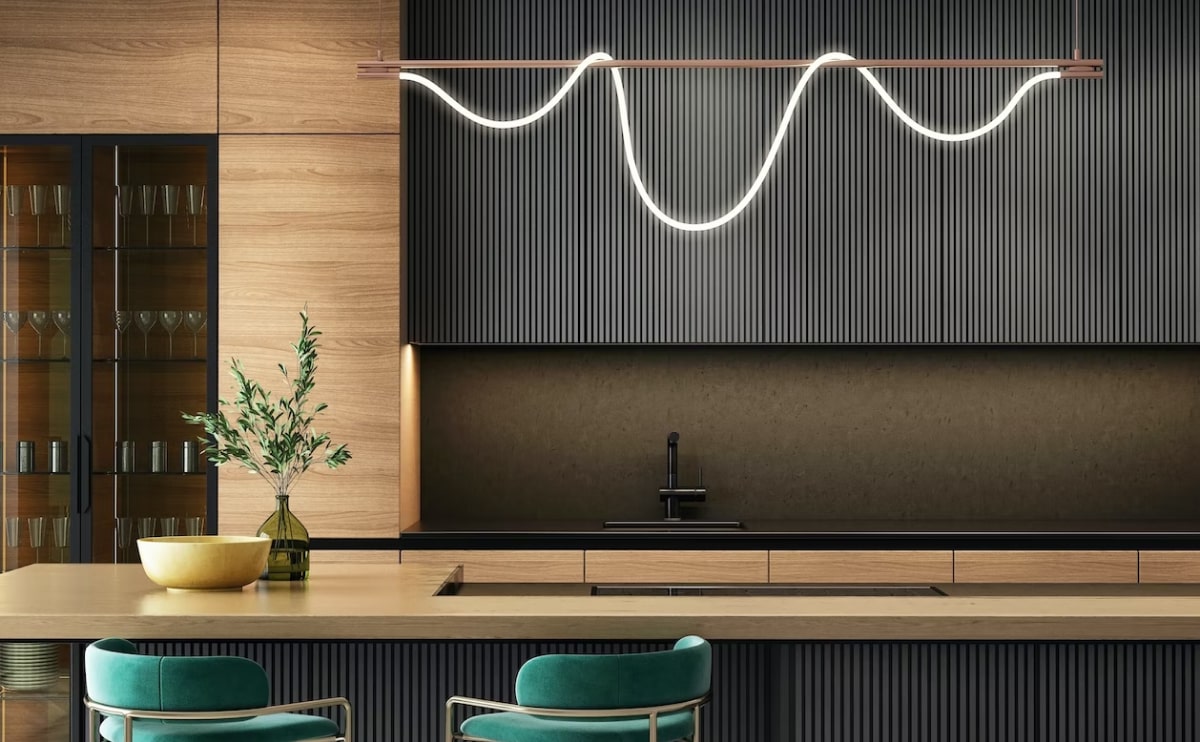Ambient Lighting
Ambient lighting is the main source of light in a room, providing overall illumination. LED flexible strips can complement ambient lighting by placing them under cabinets, pendant lights, or in niches to create uniform lighting in the space.
Accent Lighting
Accent lighting is used to highlight specific design elements such as paintings, sculptures, or architectural details. LED flexible strips are an ideal solution for accent lighting as they can be easily attached to any surface and create directional light that draws attention to important design elements.
Decorative Lighting
Decorative lighting adds aesthetic charm to an interior and creates an atmosphere of coziness and comfort. LED flexible strips in this case can be used to illuminate ceilings, walls, or furniture, adding a special atmosphere and originality to the room.
Colored Lighting
LED flexible strips are available in various colors, offering endless possibilities for creating unique lighting effects. They can be used to create color accents, backlighting, or even to create dynamic lighting scenes that can change the mood and atmosphere of the room depending on the situation.
Functional Lighting
Functional lighting provides comfortable and efficient lighting for performing specific tasks such as reading, cooking, or working on a computer. LED flexible strips can be used to create zonal lighting where the light can be adjusted according to the user’s needs.
Applications of LED Flexible Strips in Interior Design: Examples
– Kitchen: Using LED flexible strips under upper cabinets to illuminate the work surface.
– Living room: Creating color accents on walls or ceilings using colored LED strips.
– Bedroom: Using flexible strips under the bed or in the wardrobe to create zonal lighting.
-Bathroom: Illuminating mirrors or niches with LED flexible strips to create a spa-like atmosphere.
